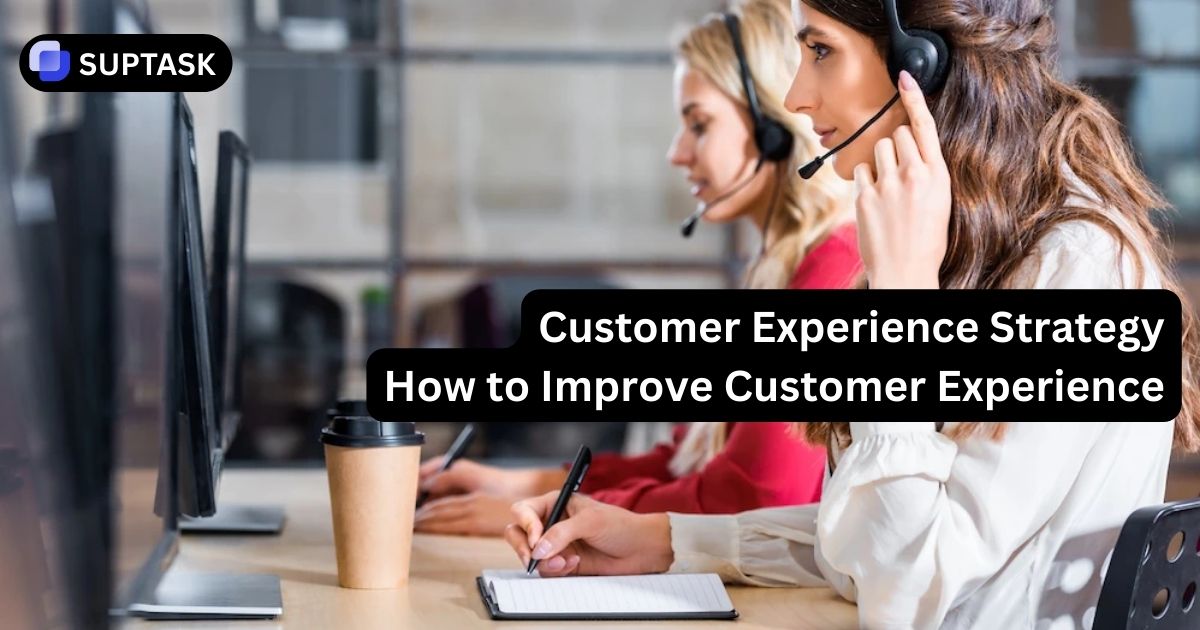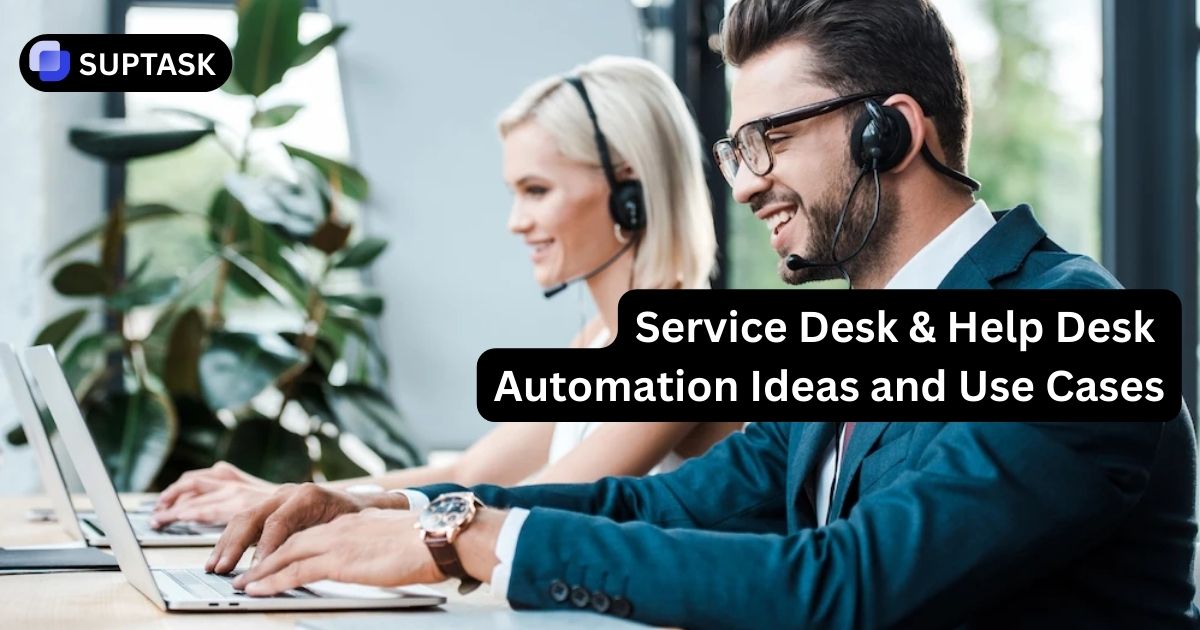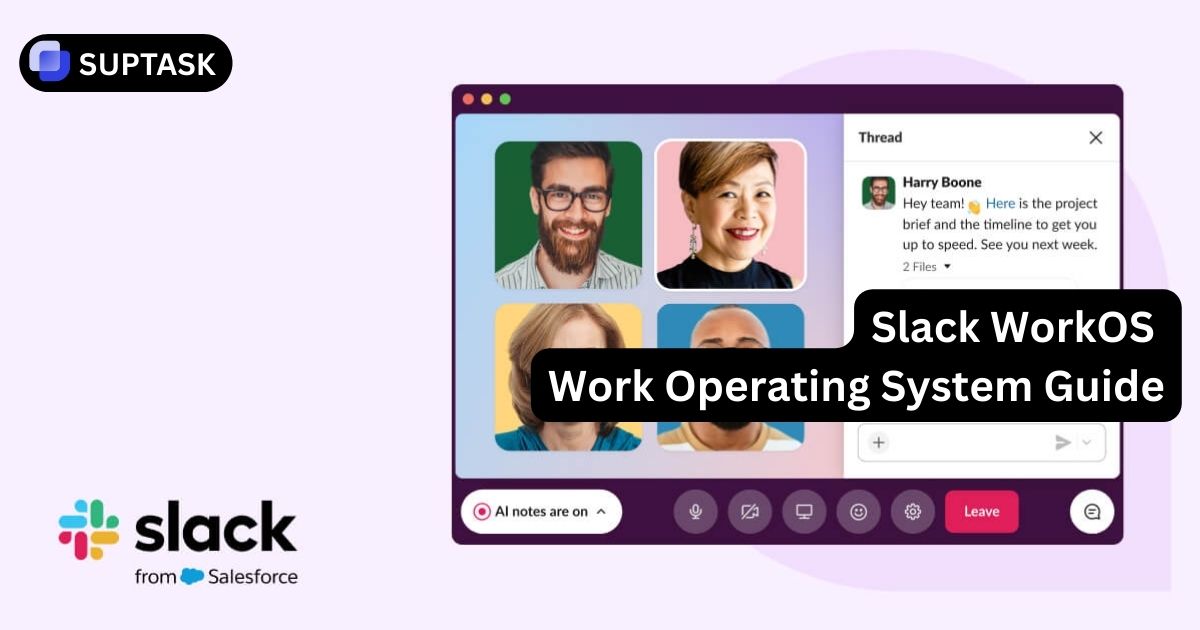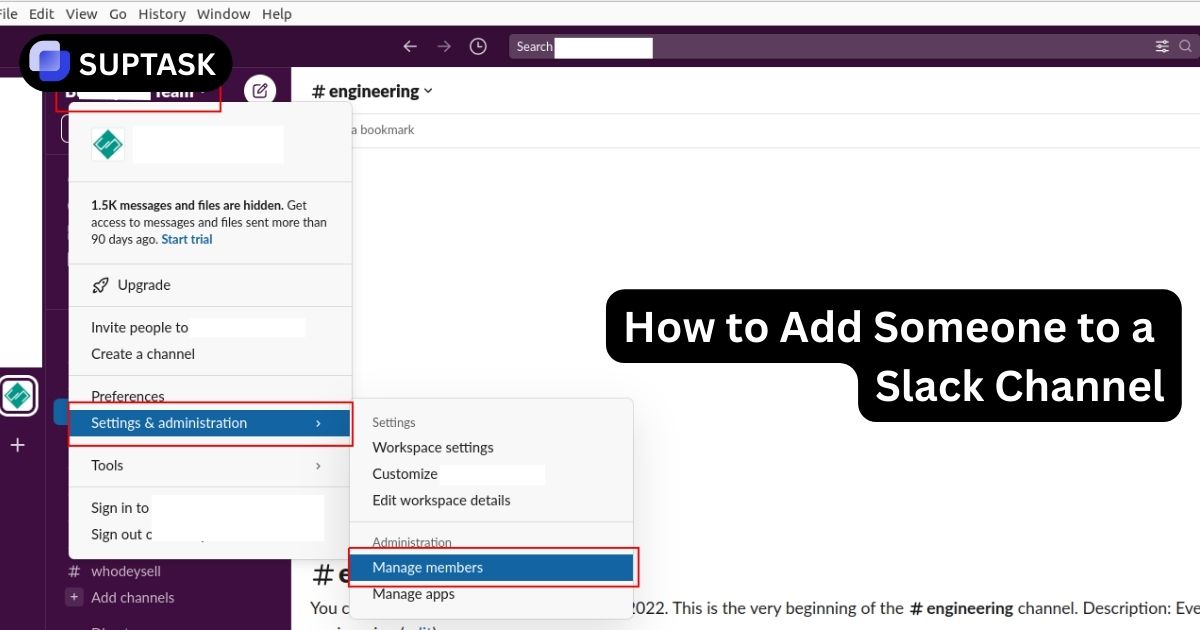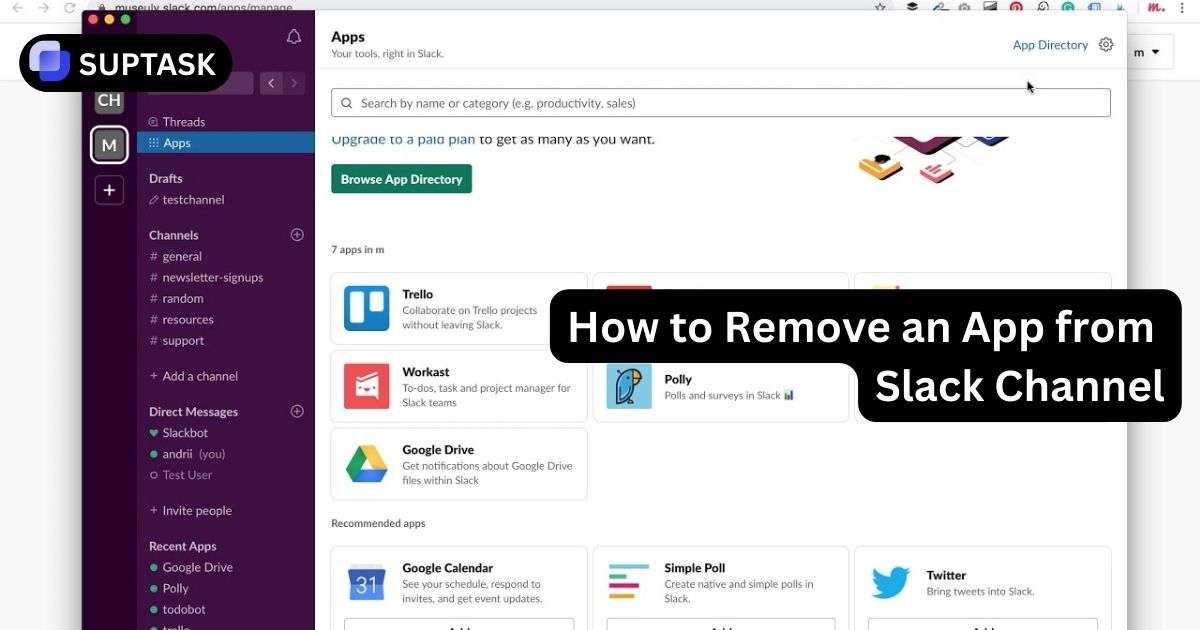Building a cohesive team is essential for organizational success, yet it presents numerous challenges, including communication barriers, trust issues, and goal misalignment. Understanding these challenges and implementing effective strategies can foster a productive work environment.
Key Takeaways
- Effective teamwork depends on open communication, trust, and clear expectations, which help overcome challenges and ensure smooth collaboration.
- Diverse personalities boost creativity but need careful management to prevent conflicts and align goals within the team.
- Empowering team members and creating a supportive environment are essential for maintaining engagement and enhancing productivity.
While teamwork can result in fantastic achievement, it frequently encounters roadblocks that impede advancement.
Smoother teamwork requires addressing minor difficulties that could cause members to become disengaged.
These pillars build a solid, productive team where members collaborate easily to achieve common objectives.
1. Communication Barriers
.webp)
According to a study by Lucid, 91% of Australian workers feel that changing hybrid work policies negatively impact productivity, highlighting the need for consistent communication strategies.
Any successful team is built on effective communication. Obstacles, however, can impede communication, resulting in miscommunications and difficulties with teamwork.
Teams may get beyond these barriers and collaborate more effectively by creating clear channels for communication and promoting open discussion.
Essential strategies for enhancing team communication include:
- Active Listening: Paying close attention entails comprehending what is being said and what is being said, as well as feelings and intentions. This lessens misunderstandings and permits deliberate pauses, clarification-seeking inquiries, and helpful criticism.
- Inclusive Meetings: To guarantee that everyone can speak and promote a cooperative atmosphere where each voice is respected, try using a "round-robin" structure.
- Establishing Trust: Colleagues who are patient and empathetic to one another build trust, which improves team dynamics and clears up misunderstandings. Everyone stays on the same page when communication is open and frequent.
- Tasks for Practice: Easy tasks such as "back-to-back drawing" improve active listening abilities, which enhance communication effectiveness and engagement.
In the digital age, remote teams can maintain communication by utilizing tools like messaging applications and video calls.
By using collaboration tools such as Suptask, a ticketing system for Slack, teams can have frequent check-ins, create trackable assignments, and establish an open, welcoming environment to resolve issues.
2. Lack of Trust

Without trust, teams struggle to function cohesively. Trust issues often arise from poor communication and leadership, resulting in a lack of transparency and accountability.
Building trust involves clear communication channels and fostering mutual respect through regular feedback.
Accountability is crucial; each team member must know their responsibilities to build trust.
Trust-building is a gradual process requiring continuous effort and monitoring of team dynamics.
To address the lack of trust, consider implementing the following steps:
- Encourage open communication: Create an environment where team members feel safe to express their thoughts and concerns without fear of judgment.
- Lead by example: As a team leader or business owner, demonstrate trustworthy behavior and follow through on your commitments.
- Promote transparency: Share information openly and consistently with your team to build credibility and trust.
- Implement team-building workshops: Organize regular team-building exercises focusing on trust-building and improving interpersonal relationships.
- Recognize and appreciate efforts: Acknowledge team members' contributions and celebrate successes to foster a positive team culture.
Addressing trust issues head-on and exploring corporate team-building ideas can create a more cohesive team and improve performance. Trust is like a plant—it needs constant nurturing to grow and thrive.
Implementing 360-degree feedback mechanisms can enhance transparency and build trust within teams.
3. Diverse Personalities
.webp)
A diverse team in the workspace, with various personalities, can significantly boost dynamics and enhance creative solutions. Conducting personality assessments, such as the Myers-Briggs Type Indicator (MBTI), can help team members understand each other's working styles, fostering better collaboration.
However, these differences can also decelerate decision-making processes and give rise to personality conflicts.
The key to effectively harnessing diversity is acknowledging and valuing individual disparities and implementing training that helps team members deal with varied communication styles and cultural backgrounds.
To bolster teamwork and minimize conflict among team members, it is crucial to tackle unconscious biases head-on while ensuring that efforts to promote diversity are integrated with the organization's broader objectives.
Here are some practical tips to manage diverse personalities within your team:
- Conduct personality assessments: Use tools like the Myers-Briggs Type Indicator (MBTI) or DiSC to help team members understand their personalities and those of their colleagues.
- Provide diversity and inclusion training: Offer workshops on appreciating differences and fostering an inclusive work environment.
- Encourage collaboration: Create opportunities for team members with different personalities to collaborate on projects, promoting mutual understanding and respect.
- Address personality clashes promptly: When conflicts arise due to personality differences, address them quickly and professionally to prevent escalation.
- Leverage strengths: Assign tasks and roles that align with individual team members' strengths and personality traits to maximize productivity and job satisfaction.
Remember, diversity is not just about differences - it's about creating a symphony of unique talents working in harmony.
4. Goal Misalignment
.webp)
Miscommunication and irritation arise when a team's objectives are out of sync. Setting clear expectations and distributing responsibilities evenly is critical to preserving harmony within the team.
Utilizing goal-setting frameworks like OKRs (Objectives and Key Results) ensures alignment and clarity within the team.
Consistent communication and openness can ensure that each member knows their goals and priorities.
To address goal misalignment, consider implementing the following strategies:
- Conduct regular team meetings: Hold weekly or bi-weekly meetings to discuss progress and challenges and realign goals if necessary.
- Use goal-setting frameworks: Implement frameworks like OKRs (Objectives and Key Results) or SMART goals to ensure clarity and measurability of team objectives.
- Create a shared vision: Develop a clear and compelling vision for the team that aligns with the organization's overall mission and values.
- Encourage open dialogue: Foster an environment where team members feel comfortable discussing their concerns about goal alignment and offering suggestions for improvement.
- Implement a goal-tracking system: Use project management tools or software to track progress toward goals and ensure everyone is on the same page.
Addressing goal misalignment can create a more focused and motivated team that works cohesively towards common objectives. Think of your team as a rowing crew—everyone must row in the same direction to reach the finish line efficiently.
5. Role Confusion

Role confusion can significantly impact team performance and morale. Unclear roles lead to decreased motivation and personality conflicts.
Establishing well-defined roles and encouraging team members to seek clarity on their tasks can mitigate these issues.
Productivity apps and tools for checklists and tracking progress help maintain clarity and prevent role ambiguity.
For instance, project management tools like Suptask allow teams to represent tasks through triage tickets and responsibilities, reducing confusion. Modern tools specifically designed for managing teams can significantly reduce role confusion by clarifying responsibilities and tracking progress.
To address role confusion within your team, consider the following steps:
- Create detailed job descriptions: Develop comprehensive job descriptions that clearly outline responsibilities, expectations, and key performance indicators for each role.
- Implement a RACI matrix: Use a Responsible, Accountable, Consulted, and Informed (RACI) matrix to clarify roles and responsibilities for specific projects or tasks.
- Conduct regular role reviews: Schedule periodic meetings to discuss and reassess team members' roles, ensuring they remain relevant and aligned with team goals.
- Encourage open communication: Foster an environment where team members feel comfortable asking questions and seeking clarification about their roles and responsibilities.
- Provide role-specific training: Offer training and development opportunities that help team members excel in their roles and understand how they contribute to the team's success.
Think of your team as a jigsaw puzzle - each piece has its specific place and shape, and when all pieces fit correctly, the complete picture emerges.
Implementing a RACI matrix (Responsible, Accountable, Consulted, Informed) can clarify roles and responsibilities, reducing ambiguity.
6. Interpersonal Conflicts

Conflicts are inevitable with diverse personalities and skill levels. Understanding conflict resolution in the workplace becomes essential.
These disagreements can be intensified by an overabundance of competition and a deficit in self-awareness among team members.
Here are some practical conflict resolution strategies to address interpersonal frictions:
- Implement conflict resolution training: Provide team members with the skills and tools to address conflicts constructively.
- Encourage direct communication: Promote face-to-face discussions to resolve issues rather than relying on email or messaging apps.
- Use mediation techniques: When conflicts escalate, consider bringing in a neutral third party to mediate discussions and find mutually beneficial solutions.
- Foster a culture of respect: Emphasize respecting all team members, regardless of personal differences.
- Address underlying issues: Look beyond surface-level conflicts to identify and address any deeper organizational or systemic issues contributing to tensions.
Providing conflict resolution training equips team members with the skills to navigate disagreements constructively.
You can create a more harmonious and productive team environment by effectively managing interpersonal conflicts.
7. Engagement and Motivation

When team members become disengaged, it can cause a ripple effect that dampens the entire group's motivation and leads to subpar performance. Recognizing and rewarding achievements fosters a culture of appreciation, boosting morale and motivation.
Acknowledging each individual's efforts and supplying them with a definitive purpose or goal to remedy this is important.
To boost engagement and motivation, consider implementing these strategies:
- Set clear and challenging goals: Provide team members with meaningful objectives that align with their skills and interests, supported by tools like people management software to track individual and team progress
- Recognize and reward achievements: Implement a recognition program that acknowledges individual and team accomplishments.
- Encourage autonomy: Give team members the freedom to make decisions and take ownership of their work.
- Promote work-life balance: Ensure team members have adequate time for personal life and self-care to prevent burnout.
- Foster a sense of belonging: Create opportunities for team bonding and social interaction to strengthen relationships within the team.
Focusing on engagement and motivation can create a more dynamic and productive team committed to achieving common goals.
8. Lack of Leadership Support

Leadership is crucial for team engagement and productivity. Poor leadership can confuse, lack of direction, and demotivation.
Resolving poor leadership issues involves collecting feedback, creating plans to address problems, and providing regular training.
To address the lack of leadership support, consider implementing these strategies:
- Provide leadership training: Offer comprehensive leadership development programs to enhance the skills of team leaders and managers.
- Establish clear communication channels: Create open lines of communication between leadership and team members to ensure concerns are heard and addressed.
- Implement 360-degree feedback: Use this feedback mechanism to gather insights about leadership performance from multiple perspectives.
- Lead by example: Encourage senior leaders to model the behavior and work ethic they expect from their teams.
- Create a mentorship program: Pair experienced leaders with emerging talent to foster leadership development.
Addressing leadership support issues can create a more supportive and empowering environment for your team to thrive. Providing leadership training programs enhances leaders' abilities to support and guide their teams effectively.
9. Unsupportive Work Environment

A work environment that fails to provide support can detract from a team's morale and efficiency.
Fostering an atmosphere where team members are empowered to exchange ideas without hesitation is vital.
Enhancing the company culture positively influences team dynamics and boosts overall productivity.
To create a supportive work environment, consider implementing these methods:
- Foster psychological safety: Create an environment where team members feel safe taking risks, sharing ideas, and making mistakes without fear of retribution.
- Promote work-life balance: Offer flexible work arrangements and encourage team members to maintain a healthy work-life balance.
- Provide adequate resources: Ensure team members can access the tools, technology, and support needed to perform their jobs effectively.
- Encourage collaboration: Create spaces and opportunities for team members to collaborate and share knowledge.
- Implement wellness programs: Offer initiatives that support team members' physical and mental well-being.
Creating a supportive work environment can foster a more engaged, productive, and satisfied team. Implementing wellness programs and promoting work-life balance contribute to a supportive and productive work environment.
How to Discuss Key Issues in Team Building
Team building is essential, as it is the primary factor in ensuring that the team works in harmony, trusts one another, and produces more. However, successful conversations about the challenges within a team need to be organized, show empathy, and include workable strategies.
1. Create a Safe and Structured Environment: When your team discusses the key issues in team building, trust becomes the foundation to start with. Make meetings open and free from preconceptions; this way, everyone will feel that they have been heard.
2. Focus on Solutions and Follow-Up: Regular follow-up to discuss the key issues in team building will ensure that everyone is held accountable and demonstrate that the meetings result in actual change.
Looking for more insights on effective team collaboration? Check out our articles on Effective Communication Tools for Teams and Strategies for Building Trust in Remote Teams.



